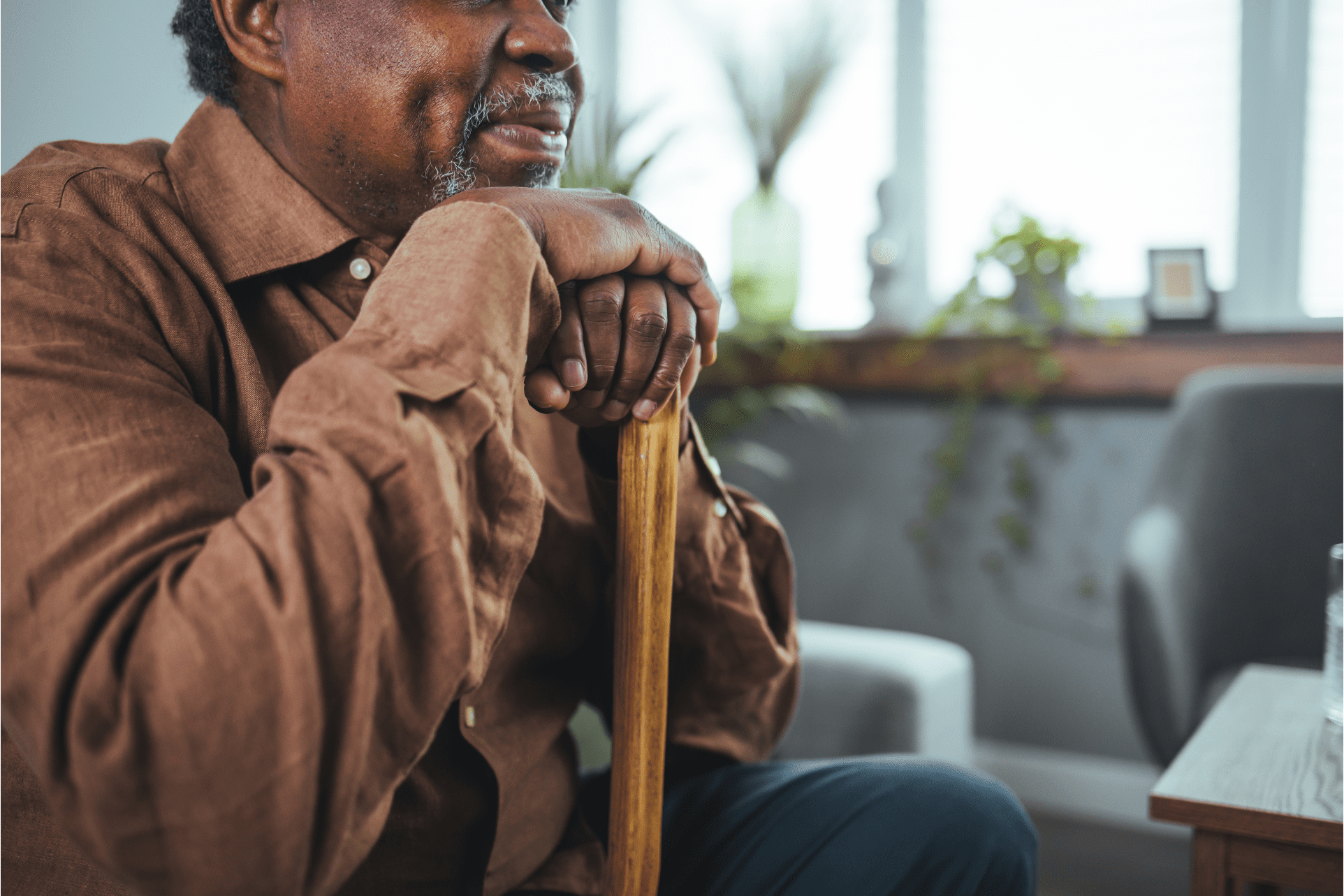The Advancement of Non-Opioid Chronic Pain Management Therapies for Medicaid Patients
Nearly one in five American adults suffer from chronic pain, and chronic pain is the most common cause of long-term disability. Because of the large population of people battling with chronic pain every day, it’s no surprise that every year millions of Americans use opioids to manage their pain. However, opioids simply mask the pain rather than correcting or preventing the underlying issues, and reliance on opioids has led to the worst drug crisis in American history.
Medicaid populations are prescribed opioids at a disproportionately higher rate than non-Medicaid populations and are more likely to experience an overdose.
Because of these findings, in 2019 The US Centers for Medicare and Medicaid Services (CMS) issued guidance that outlines the various non-opioid and non-pharmacological treatment approaches to chronic pain management under Medicaid. They also shared some examples of the initiatives that some states have introduced to give patients access to different choices when it comes to the treatment of their chronic pain.
Below are some of the top therapies for chronic pain making headway in 2019 that do not involve opioid prescriptions:
Acupuncture
Acupuncture is a treatment in which practitioners stimulate points on the body, usually by inserting thin needles through the skin. In July 2019, CMS proposed to cover acupuncture for Medicare patients with chronic low back pain who are enrolled participants in clinical trials or studies sponsored by the NIH or CMS. CMS is collaborating with NIH to develop evidence-based outcomes to inform future Medicare coverage.
Even though acupuncture is currently not covered by Medicare, the evidence base for acupuncture has grown in recent years. If this proposal passes, Medicare patients would have new options in the search for alternative treatments to their pain.
Chiropractic care
Chiropractic practices focus on the structure of the body, particularly the spine. Chiropractors manipulate the body’s alignment to relieve pain and improve function to help the body heal from chronic pain. The most positive research on chiropractic therapy has focused on spinal manipulation for low back pain. The American College of Physicians recommends spinal manipulation as a treatment paired with heat, massage, and acupuncture.
Physical therapy
Physical therapists work with patients, their families, and health care professionals to manage pain. Incorporating physical therapy into a person’s treatment plan can often reduce or eliminate the need for any medication. Sometimes, all it takes is a simple education session with a physical therapist to improve function and range of motion while decreasing pain. The CDC guidelines for prescribing opioids for chronic pain cite physical therapy as a recommended approach for preferred first-line treatment for noncancer chronic pain.
Cognitive behavioral therapy
Cognitive behavioral therapy (CBT) for chronic pain is a form of talk therapy that helps people identify and develop skills to change negative thoughts and behaviors. According to CBT, people can change their awareness of pain and develop better coping skills, even if the actual level of pain remains the same. A major benefit to CBT is that it has far fewer risks and side effects than medications or surgery.
A systematic review found that cognitive behavioral therapy had small to moderate effects on pain, disability, and mood immediately post-treatment when compared to the usual treatment. Oregon is one of many states that has expanded its list of Medicaid-covered services for uncomplicated back and neck pain to include services such as cognitive behavioral therapy.
GoMo Health created Personal Concierge™ solutions to help chronic pain sufferers manage their needs and develop coping skills by offering personalized behavioral care models to help patients manage their chronic pain. Learn more about our chronic pain solutions by clicking here.
Patients suffering from chronic pain should always consult with their doctor for the best treatment plan available for themselves. It is clear in the face of the opioid epidemic that the burden of chronic pain cannot be diminished without the investment in clinical research to identify safe and effective treatments for pain. As alternative treatments produce more outcomes, Medicaid patients suffering from chronic pain will have more options available to them at a lower risk.







Find Us Online